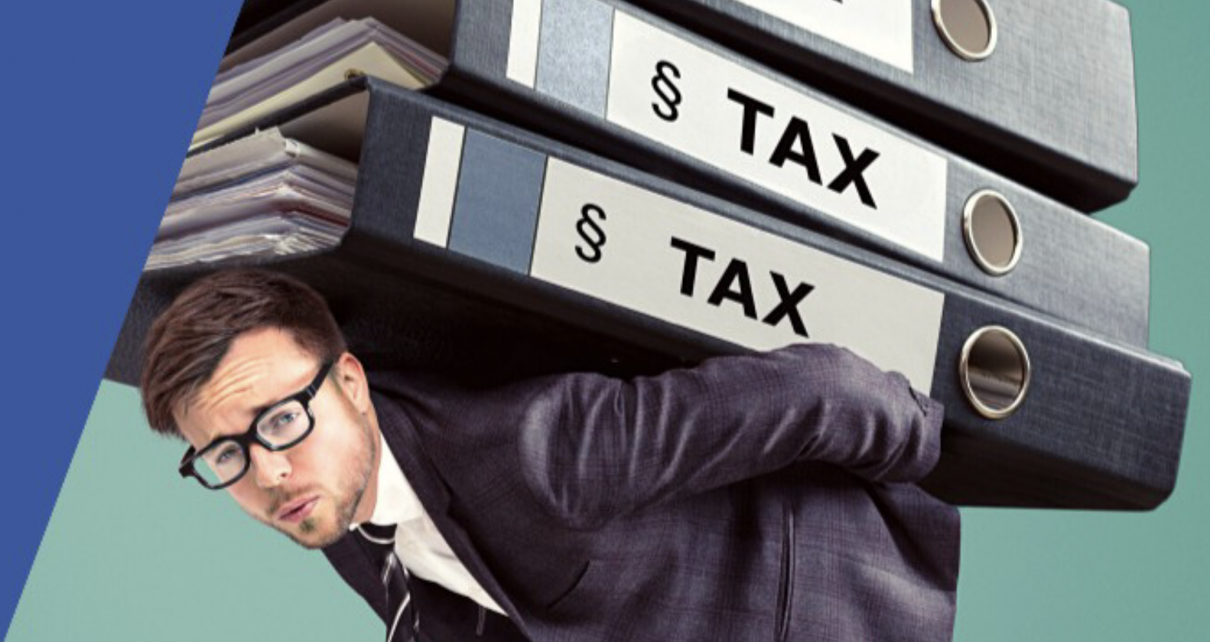
(Photo: Shutterstock)
What Does the ‘Taxpayer Protection’ Gann Limit Provide?
The purpose is to limit growth in state and local government spending from tax and fee revenues
By Chris Micheli, May 17, 2021 2:29 am
There has been mention in the news recently of the “Gann Limit” and its impact on the California budget. The Gann Limit was enacted by Proposition 4, which was a measure adopted by the voters on the November 6, 1979 statewide ballot. Prop. 4 added Article XIII B to the California Constitution, which is called the “Government Spending Limitation.” Article 13B has 15 sections.
In essence, the Gann Limit specifies the total amount of annual appropriations subject to limitation of the state as well as each local government in California. The limit is based upon 1978 revenues adjusted each year for the change in the cost of living and the change in population. For the amount in excess of the appropriations limit, 50% of the revenues are to be appropriated for education spending and 50% “shall be returned by a revision of tax rates or fee schedules within the next two subsequent fiscal years.”
The purpose of Prop. 4, according to its proponents, is to limit growth in state and local government spending from tax and fee revenues based upon 1978-79 spending limits that receive an annual adjustment for changes in population and cost of living. At that time, the proponents said that the Gann Limit would require governments to adjust tax rates or fee schedules to remit funds when the government spending limit is exceeded.
The Gann Limit was amended by the statewide voters in 1990 when they adopted Proposition 111 to change the population and cost-of-living standards. Prop. 111 also required the excess revenues to be determined over a 2-year period, rather than a single year. In addition, Prop. 111 requires half of excess revenue be distributed to school programs, rather than the full amount in adjusted tax rates or fee schedules.
Prior to 2021, the Gann Limit was exceeded only once and it resulted in a tax refund provided to all Californians. Last week, Governor Newsom announced his proposal to provide $600 checks to 75% of the state’s population. Is this proposal consistent with the provisions of Prop. 4? Unfortunately, no additional guidance is provided in the language of the Gann Limit on how the funds shall be returned. It does not even specify taxpayers, although that is implied by the use of the term “tax rates.”
What exactly is required by Section 2 of Article 13B? The term “tax rate” is used in at least 364 Code sections. While not defined anywhere in California law, a “tax rate” is the rate of tax imposed such as with the personal income tax, sales and use tax, property tax, utility user tax, etc. In other words, a “revision of tax rates” would mean a temporary or one-time reduction in any California tax rate to account for the amount required to be returned under the Gann Limit.
For example, while the Gann Limit may be exceeded in 2021 by personal income taxes primarily paid by the wealthiest Californians, the language in the Gann Limit is so broad that the sales tax rate could be temporarily reduced, thereby benefitting all taxpayers.
The other term used in Section 2 is “fee schedule,” which is used in at least 183 Code sections. While not defined anywhere in California law, the term is generally used outside the tax field, such as medical fee schedules that are used for paying persons who provide services. At the time of the voters’ enactment of the Gann Limit in 1979, the proponents discussed both tax rates and fee schedules, and they also argued that the revenues generated to state and local governments were from taxes and fees being paid.
As with many constitutional amendments, while the proponents of the Gann Limit may have had a certain procedure in mind when they drafted the language of Article 13B, a precise process is not set forth in Section 2 and the language is broad enough to allow different approaches in achieving the requirement of returning 50% of the revenues that exceed the appropriations limit in effect this year.
- Pleadings in Eminent Domain Cases - December 20, 2025
- Complaint Resolution in Child Support - December 20, 2025
- Tribal Court Civil Money Judgment Act - December 19, 2025





We “the people” vote for certain props and our lovely politicians always find a loophole to screw the taxpayers. My hard earned money is going to people who were fined for breaking the law, never paid for their unlawful activity and Newsom decides my tax dollars will now pay off all those delinquent fines. Give me my excess tax payments back GAVIN! CA desperately needs a change.
Desperately!!
What have we as a state received for our hard earned money?
A lack of water, sub-par education, higher crime, escalating homelessness, a weakened power grid..
It just goes on and on.
The return of tax dollars should go back to those who paid in to it.
Why does the broad interpretation always benefit the spend thrift grifters?
So, am I understanding that California hit the Gann limit and that’s the real reason for the $600 refunds? It’s kind of sketchy that NewScam is taking credit for it, then.
Yes Thomas, he is taking credit for it. However, he isn’t returning it to the taxpayers. Where is my rebate? Or did he choose who I am donating my money too?? Can I use that as a tax write off next year?